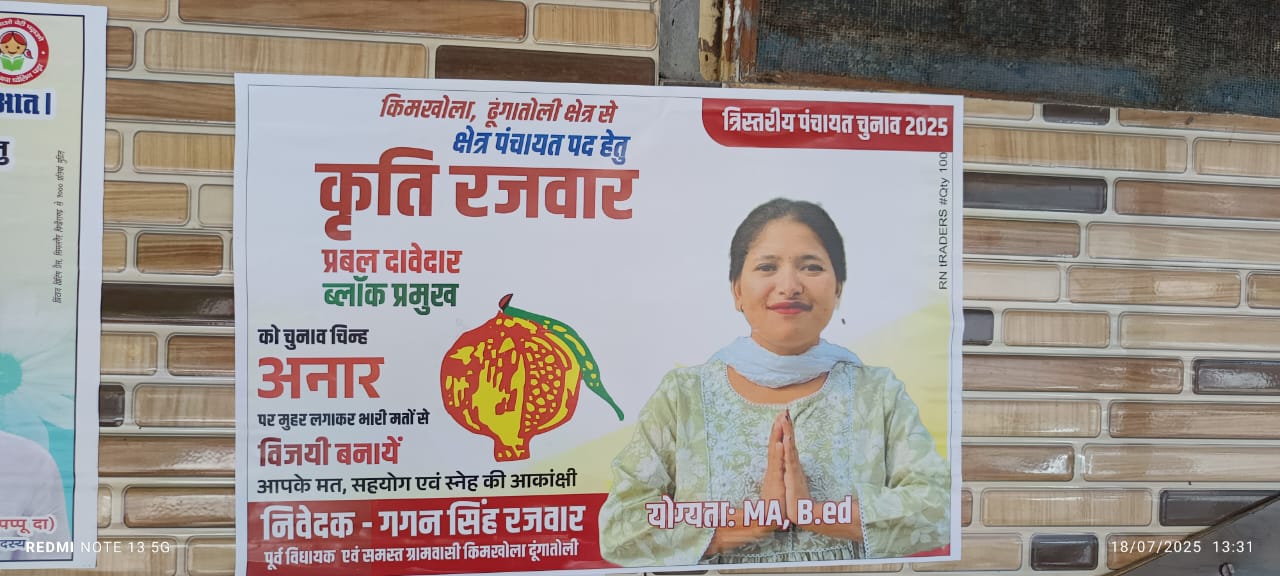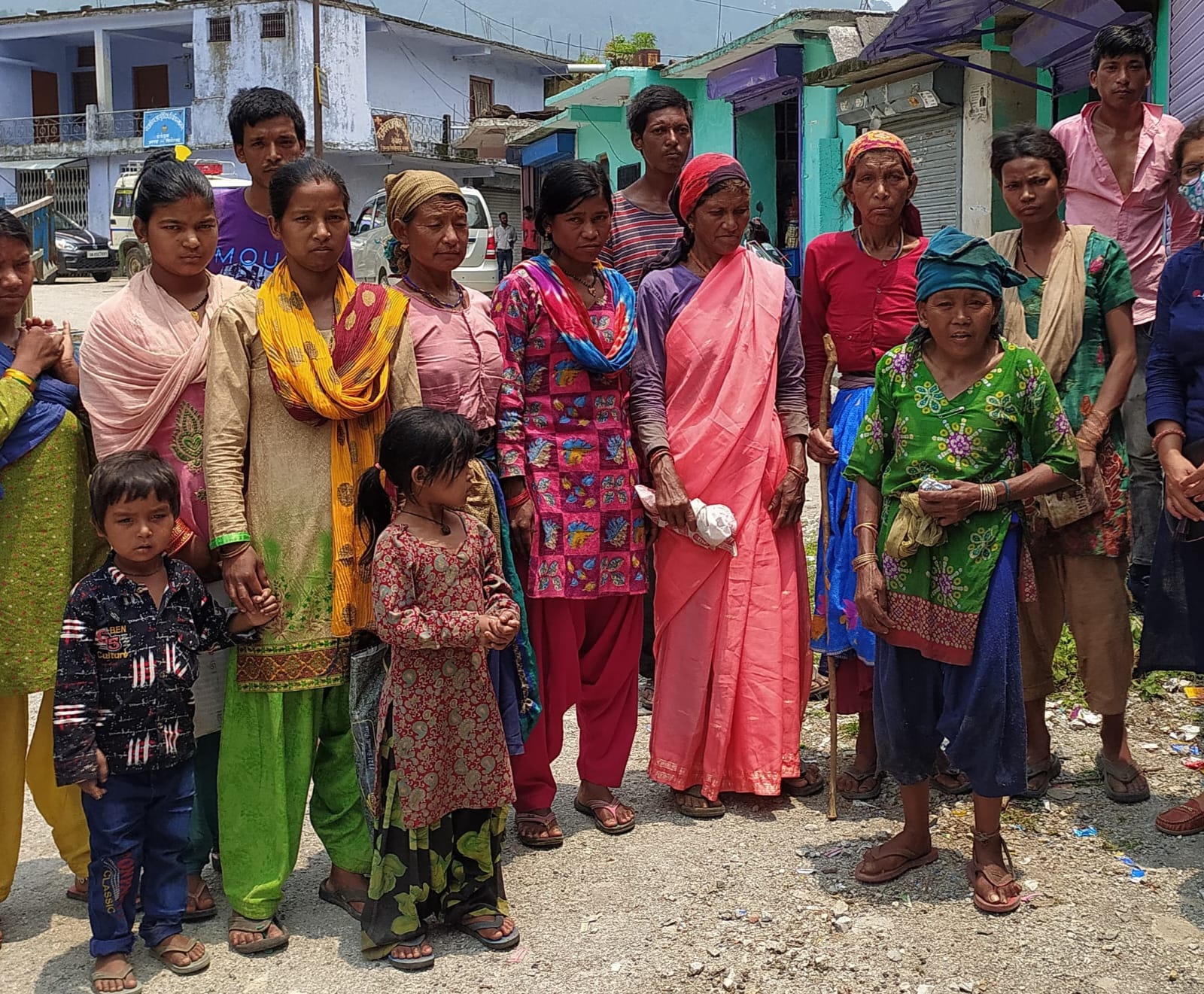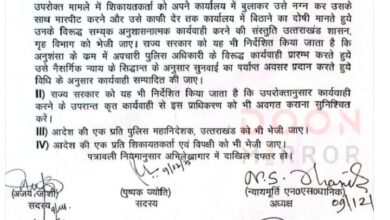First Raji Tribal Woman Contests in Panchayat Elections

First Raji Tribal Woman Contests in Panchayat Elections
By B.D. Kasniyal
Pithoragarh, July 18
For the first time in history, a woman from the Van Rawat (Raji) tribe—a Scheduled Tribe identified as a “primitive tribe” under the 1967 ordinance of the Uttar Pradesh government—is contesting for the position of Block Pramukh in the ongoing panchayat elections in Pithoragarh district.
The Raji tribe, with a population of just about 1,000 individuals scattered across nine hamlets in Pithoragarh and one village in Champawat district, has largely remained isolated and underrepresented in mainstream political processes. However, this development signals a new wave of political awakening within the community.
Meanwhile, the post of Gram Pradhan in Khetar Kanyal village of Didihat block—reserved for a Scheduled Tribe woman—may remain vacant this election cycle. No woman from the village meets the minimum educational qualification of having passed the 8th standard, highlighting the ongoing educational challenges faced by the tribe.
“The tribe is still striving for educational upliftment. However, political awareness in some Raji hamlets is a promising sign for the future survival of this already endangered community,” said Sanju Pant, a social worker based in Didihat, where a significant Raji population resides.

Political analysts have termed this a historic shift for the Banraji (Raji) community, which has remained socially and politically detached from mainstream society for nearly a millennium.
Kirti Rajbar, a postgraduate with an M.A. and B.Ed. degree, is the first highly educated woman from the Raji tribe. She is contesting for the position of BDC (Block Development Committee) member from the Dhungatoli seat in the Baluakot area of Dharchula block. The Block Pramukh seat in Dharchula is reserved for a tribal woman, and Kirti is being widely projected as a strong contender for the position.
“Kirti is the daughter of Gagan Singh Rajbar, a two-time MLA from Dharchula and the first public representative from the tribe,” said Harish Ojha, a researcher specializing in the history and challenges of the Raji community.

Dharchula is home to two tribal groups—the Rung and the Raji. The Rung tribe, concentrated in three valleys of the region, has made significant strides in education and government employment. In contrast, the Raji community remains socioeconomically backward, with minimal representation in government services.
“Over 700 members of the Banraji population still depend on daily-wage labor, as their traditional livelihood of wood crafting has declined due to stringent forest conservation laws,” added Ojha.
“If Kirti becomes Block Pramukh, our top priority would be to build a motorable road to our villages—Kimkhola, Bhaktirua, and Ganagai—which currently lack direct access to the Jauljibi–Dharchula road. Without a road, we have to walk 10 kilometers to reach the nearest market at Jauljibi,” said Nain Singh Rajbar, a resident of Kimkhola.
Election observers in Dharchula anticipate a tough contest, as a candidate from the well-organized and resource-rich Rung tribe is also vying for the same seat. “The Rungs have better educational qualifications and more access to political and economic resources, which will make the contest competitive,” said one observer.





